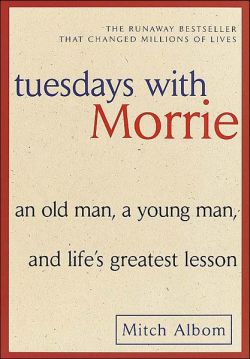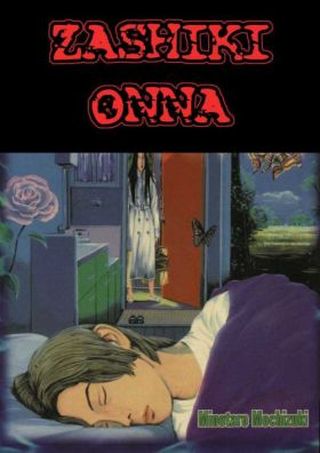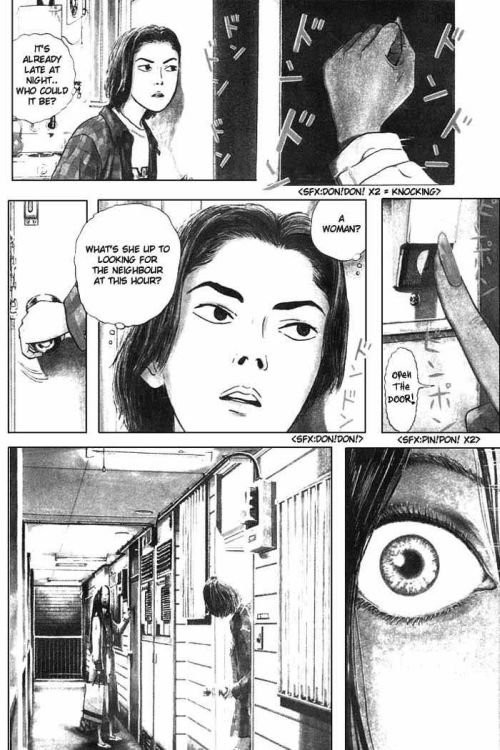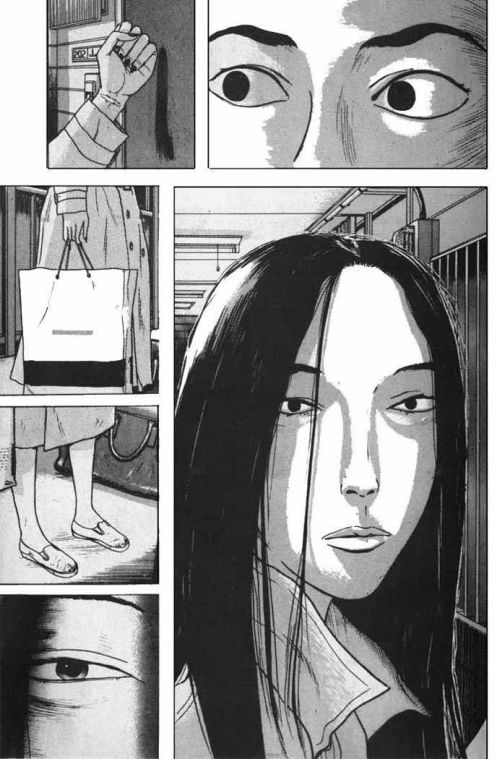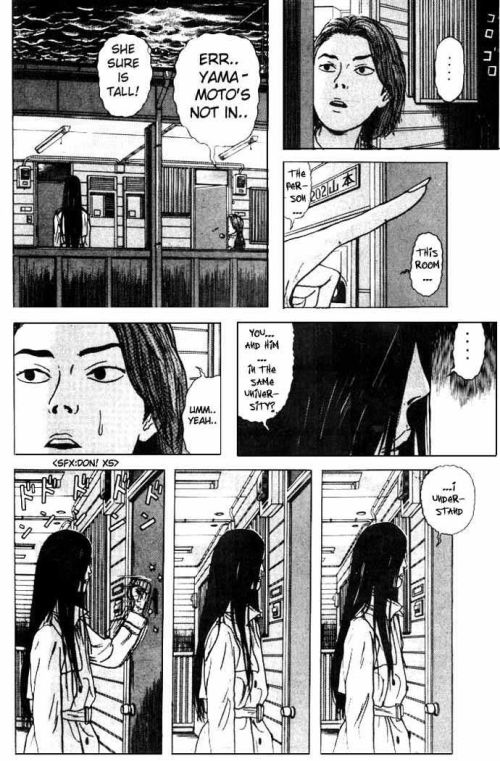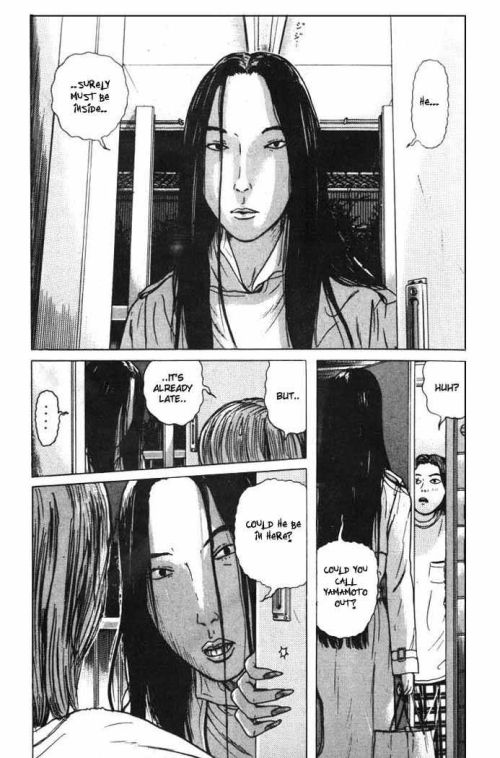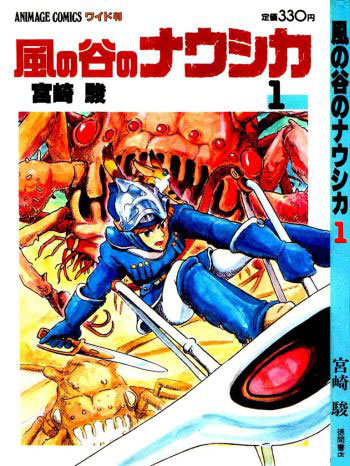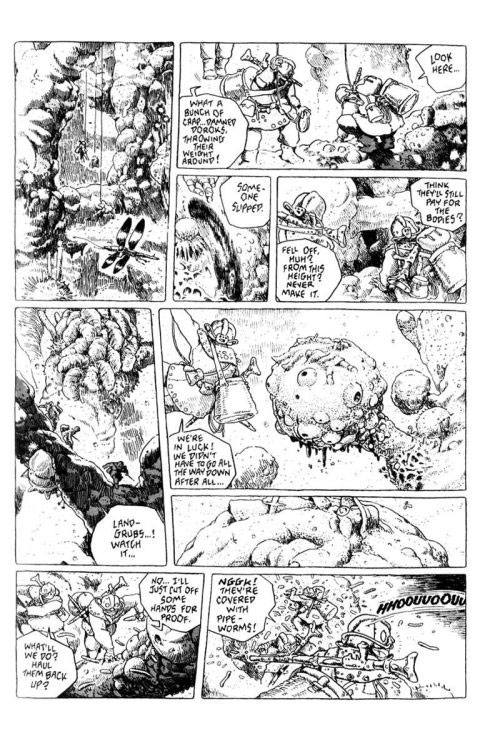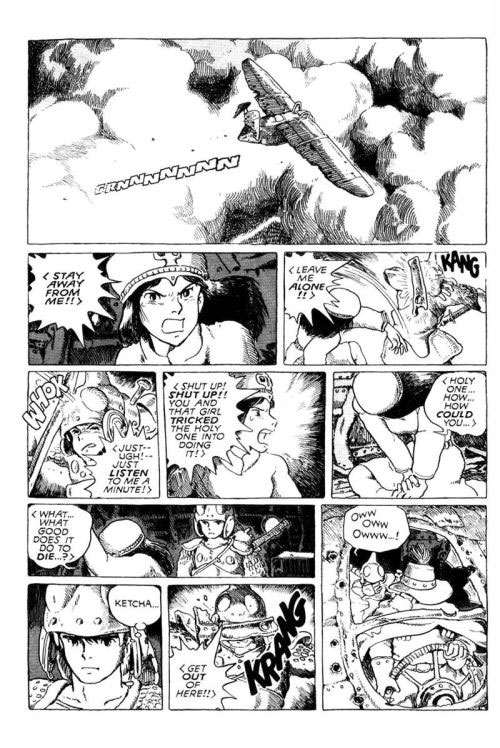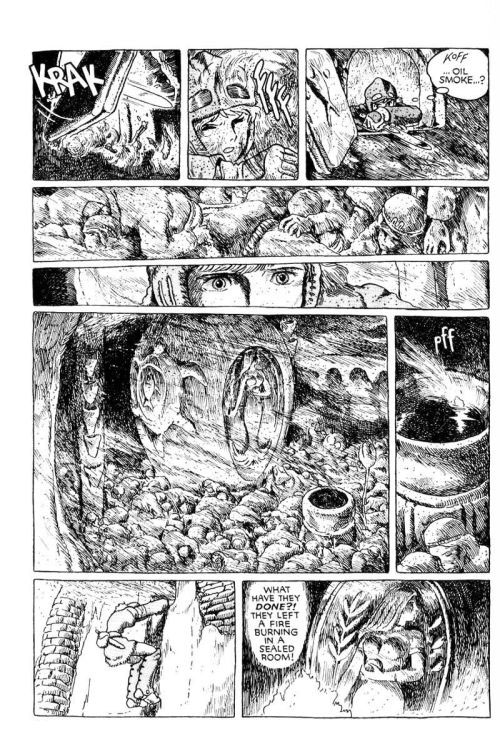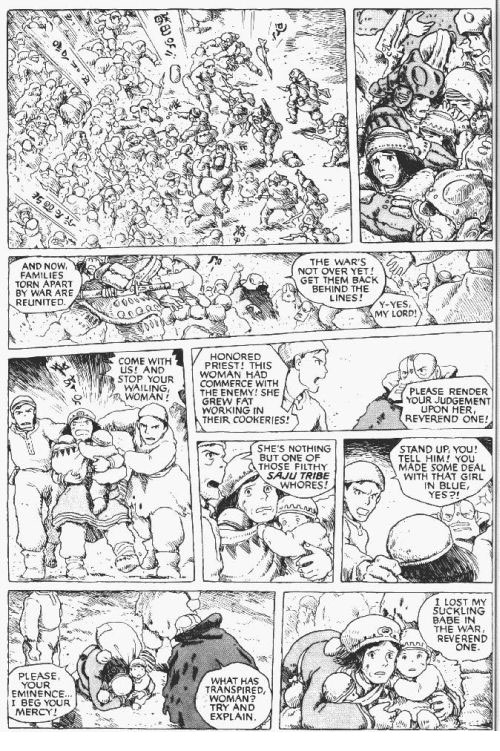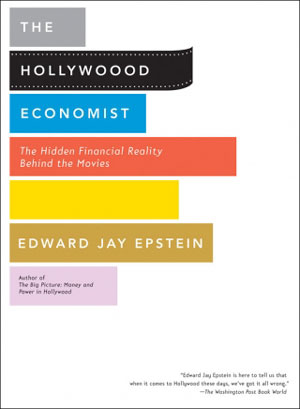Hi folks. This week I managed to get an iPhone 4S, which was replete with battery problems, until it turned out that it wasn’t the fault of the iPhone. No sooner have I gotten it fixed, then I had problems with my new laptop overheating… I am just plagued with tech problems all this week! Somehow I managed to finish pencilling Chapter 3 of Small Shen, as well as some of Chapter 4, so it’s not all bad news. I hope to finish the Chapter 4 pencils by early March, so I can get started on the inks and onto the middle of the book.
Apart from that, this week I was also fully into… Linsanity!! Somehow, even with all the tech problems, I still managed to watch all the videos of Jeremy Lin’s game-winning streak on Youtube. I was tempted to recommend Linsanity for this week’s recommendation, but pulled back because I’m hardly an expert on the NBA – everything I learned about basketball I learned from Slam Dunk. I may not feel confident discussing basketball, but everyone is getting behind his inspirational story, and the flood of feel-good vibes is leading me to recommend a pretty famous self-help book: Tuesdays with Morrie.
Tuesdays With Morrie
(2002, Mitch Albom)
You may already have heard of this book – it was a massive bestseller back in the day, and a friend of mine recommended it to me. It’s one of those books that isn’t hard to read, is accessible, and most of all, is such a quick and uplifting read that you absolutely cannot say no to it.
Plot
Tuesdays With Morrie is a non-fiction book written by Mitch Albom, a former sports journalist who has fond memories of one of his university professors, the titular Morrie. Mitch’s life and career was just coasting along when he heard that his former professor was in the grips of a terminal illness, and only had a few months to live. Morrie taught Mitch (and many other students) a lot about life when he was younger, so he decides to visit Morrie regularly in his last month, to document the man’s ideas, beliefs and teachings. What resulted from these trips was the best-selling, life-affirming, “self-help” book Tuesdays With Morrie.
Why I Recommend this Book
I hesitate to call this book a “self-help” book, because while I like self-help books, this one goes a little bit further than this. It hasn’t got any bullet-point checklists, any motivational mantras or any “life plans”. It is written in the simple manner of a story, where the writer (Mitch Albom) explains his brief-but-memorable history with Morrie, discovers years later that his professor dying of a terminal illness, and then goes off to chat with Morrie every Tuesday until his death. That’s it. It’s not written in a way that’s meant to be bombastic or emotional. It’s simply the words of a very wise man, who has lived a great life and inspired many people.
It’s also not a particularly long book, which can only be a good thing. These days, if you recommend a “great and inspiring” book to someone and it happens to be more than an inch thick, people will sigh and look like they’re on the verge of being hit on the head with the likes of War and Peace. It seems that people want inspiring things to read, but don’t want to work too hard to absorb those words of wisdom, even though 30 years ago they may have wanted to. It seems that a few things have changed since then, but what hasn’t changed is that everyone still wants to go to Heaven, but nobody wants to die. Well, reading Tuesdays With Morrie won’t kill you or even kill much of your time, but it may certainly offer a few pearls of wisdom, if not an inspirational story along the lines of Linsanity.
There’s not much more that I can say about this book, except for an anecdote from a few years back. An acquaintance of mine once asked me for a book recommendaton, saying that she wanted to read something “meaningful”. I asked her to be specific, and she said “no fiction”. I pressed her on her interests, and she said she didn’t want to read anything about history, religion, spirituality, sociology, psychology, science, philosophy, anthropology, or anything that ends with a -logy. But, she wanted to read something “meaningful”. Well, guess what I recommended? Tuesdays With Morrie is a book that manages to fill that tiny void beautifully.

